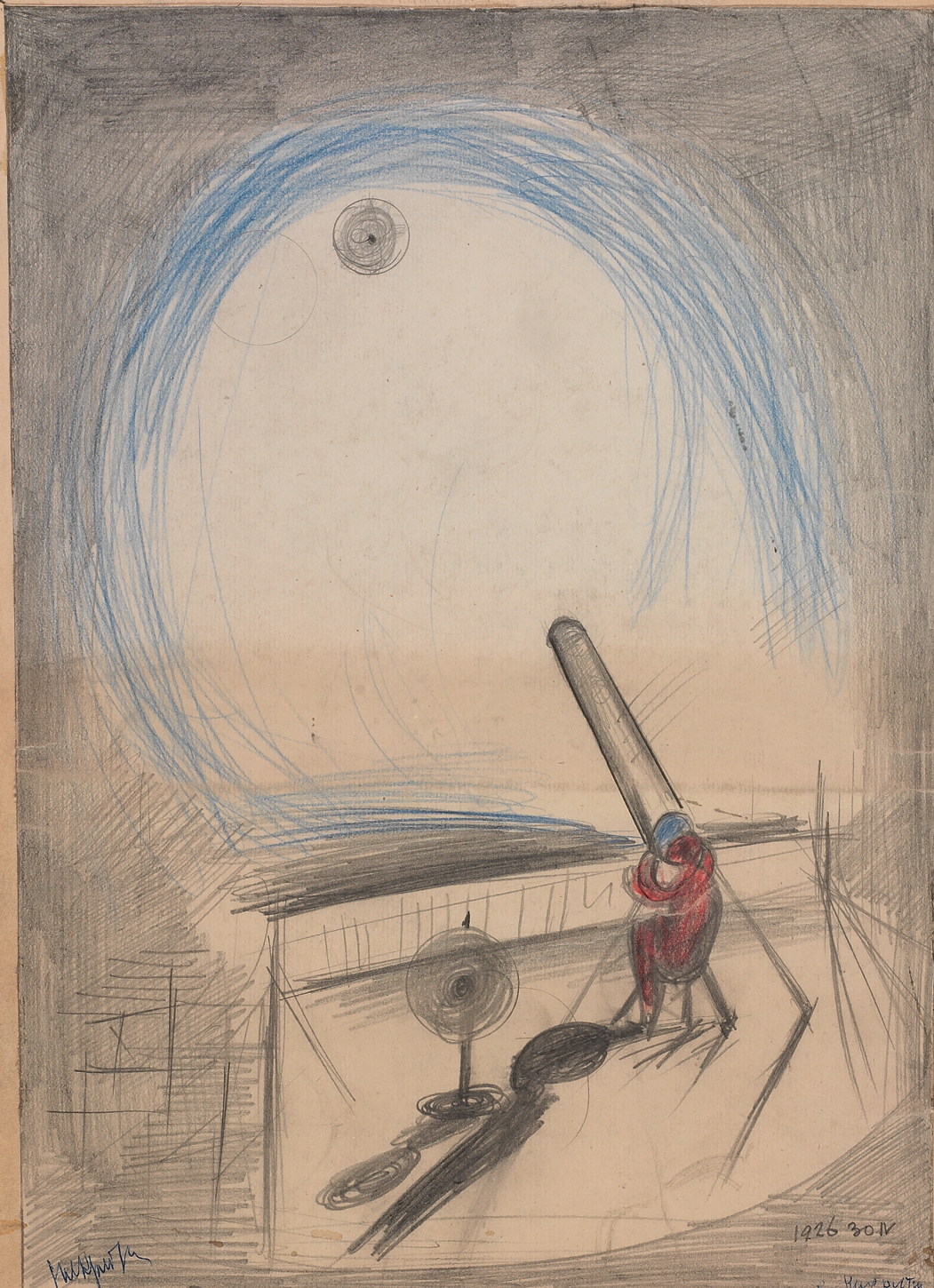Petr Vasil’evich Alekseev, Predmet, struktura i funkcii dialekticeskogo materialisma (Moscow University Press, 1983), 25–26.
For more on the theory of contradiction in Soviet Marxism-Leninism, see Boris Groys, “The Problem of Soviet Ideological Practice,” Studies in Soviet Thought, no 33 (1987): 191–208.
For more on the criterion of praxis, see Vladimir Ilyich Lenin, Materialism and Empirio-critics: Critical Comments on a Reactionary Philosophy →.
Lenin, Materialism and Empirio-critics.
Peter Koslowski, “Über Totalismus. Metaphysik und Gnosis,” in Oikeiōsis: Festschrift für Robert Spaemann, ed. Reinhard Löw (Acta Humaniora, 1987), 101.
G. W. F. Hegel, The Phenomenology of Mind, 2nd ed., trans J. B. Baillie (G. Allen & Unwin, 1949), 70; as quoted in Eric Voegelin, “Science, Politics and Gnosticism,” trans. William J. Fitzpatrick, in Science, Politics and Gnosticism: Two Essays (Gateway Editions, 1968), 40.
Voegelin, “Science, Politics and Gnosticism,” 11.
Voegelin, “Science, Politics and Gnosticism,” 20.
Georges Bataille, “Base Materialism and Gnosticism,” in Visions of Excess: Selected Writings, 1927–1939, ed. Allan Stoekl, trans. Allan Stoekl with Carl R. Lovitt and Donald M. Leslie Jr. (University of Minnesota Press, 1985), 45.
Bataille, “Base Materialism and Gnosticism,” 48.
Bataille, “Base Materialism and Gnosticism,” 49–51 (translation modified).
Bataille, “Base Materialism and Gnosticism,” 51.
See Boris Groys, “Die totalitäre Kunst der 30er Jahre: Antiavantgardistisch in der Form und avantgardistisch im Inhalt,” in “Die Axt hat geblüht . . .”: Europäische Konflikte der 30er Jahre in Erinnerung an die frühe Avantgarde (Städtische Kunsthalle, 1987), exhibition catalogue, 27–35.
See Boris Groys, “Wisdom as the Feminine World Principle: Vladimir Soloviev’s Sophiology,” e-flux journal, no. 124 (February 2022) →.
Semyon Lyudvigovich Frank, “Die Häresie des Utopismus,” Impulse (1983): 18. An English translation of this essay was published as “The Utopian Heresy,” The Hibbert Journal, no. 52 (1953–54): 213–33.
Nikolai Fedorov, Filosofia obščego dela (Éditions L’Age d’Homme, 1985).
See Helmuth Dahm, “Der Ideologiebegriff bei Marx und die heutige Kontroverse über Ideologie und Wissenschaft in den sozialistischen Ländern,” Berichte des BIOst, no. 63 (1970).
Piama Gaïdenko, Evolucia ponjatija nauki (The evolution of the concept of science) (Nauka, 1980), 527.
Vadim Lvovich Rabinovich, Alchimija kak fenomen sradnevekovoj kul’tury (Nauka, 1979), 167–68.
Rabinovich, Alchimija, 62–65.
Translated from the German by James Gussen. Unless otherwise specified all translations of quoted material have been translated from the use in the German publication. This text has been edited for length and clarity.
